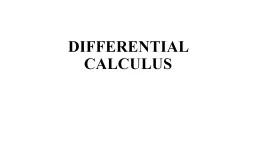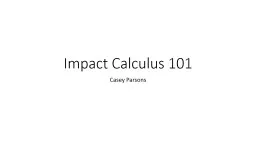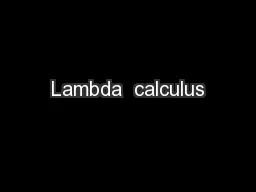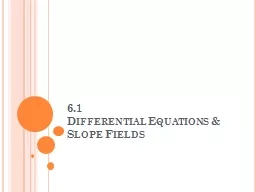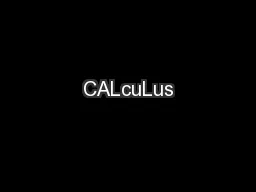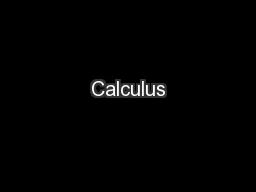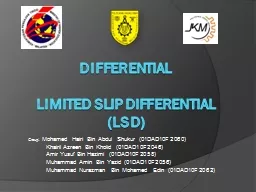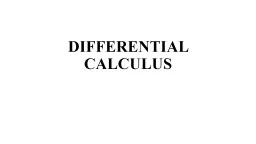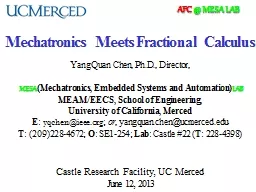PPT-DIFFERENTIAL CALCULUS Outcomes for this
Author : yoshiko-marsland | Published Date : 2018-11-10
session By the end of this session you should be able to Develop an intuitive understanding of the limit concept in the context of approximating the rate of change
Presentation Embed Code
Download Presentation
Download Presentation The PPT/PDF document "DIFFERENTIAL CALCULUS Outcomes for this" is the property of its rightful owner. Permission is granted to download and print the materials on this website for personal, non-commercial use only, and to display it on your personal computer provided you do not modify the materials and that you retain all copyright notices contained in the materials. By downloading content from our website, you accept the terms of this agreement.
DIFFERENTIAL CALCULUS Outcomes for this: Transcript
Download Rules Of Document
"DIFFERENTIAL CALCULUS Outcomes for this"The content belongs to its owner. You may download and print it for personal use, without modification, and keep all copyright notices. By downloading, you agree to these terms.
Related Documents

